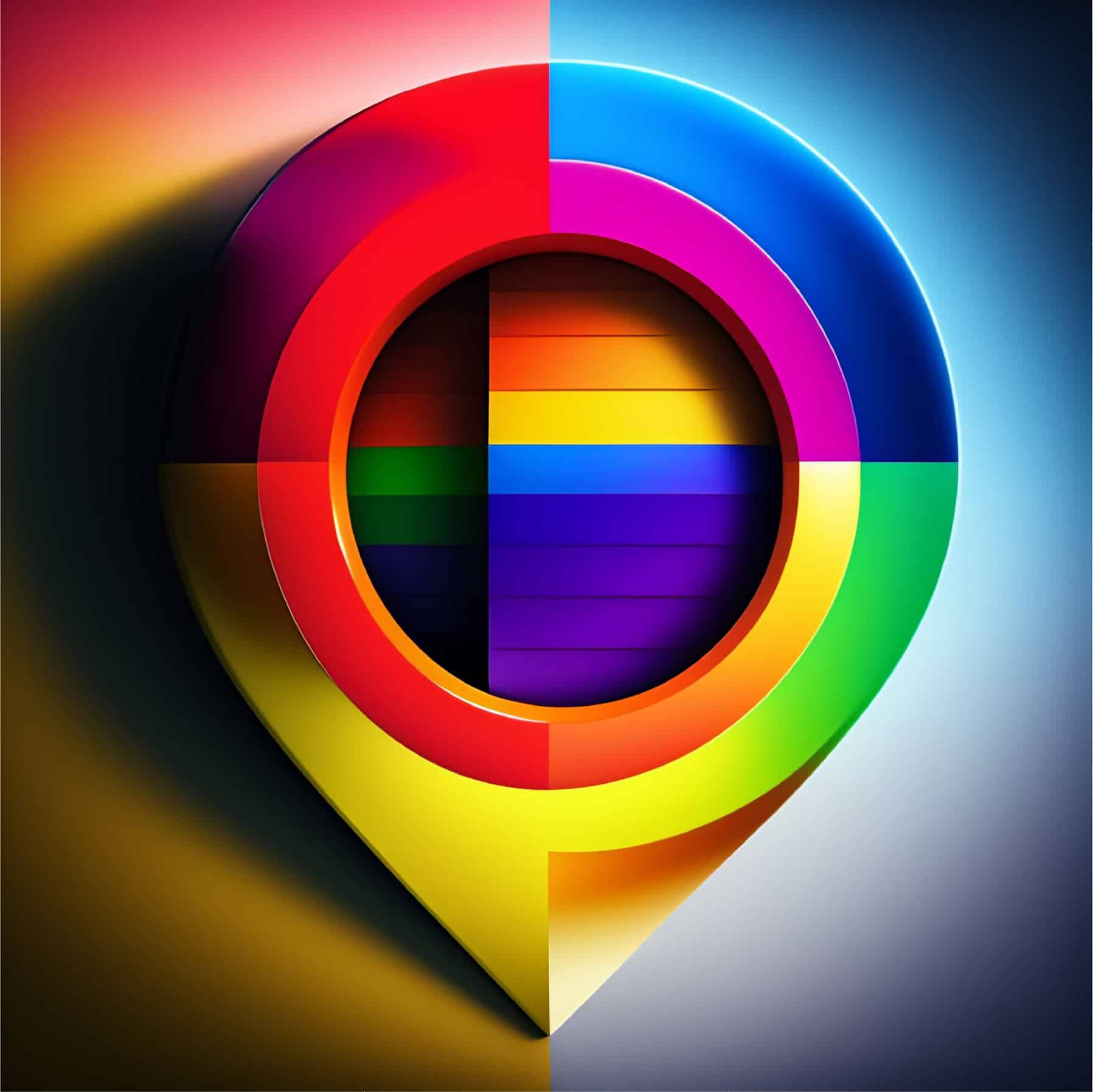Have you ever been in the situation where your design on screen is bright and beautiful and when you print it out, looks flat and dull? If so, join the club, we’ve all been there.
Lets first have a look at the RGB Channel.
RGB stands for red, green and blue. AKA, the system representing the colours used on a digital display screen. Red, green and blue can be combined in various proportions to obtain any colour in the visible spectrum. These colours will be bright and vivid with the aid of the light from our monitor.
Now, lets take a look at CMYK.
CMYK stands for Cyan, Magenta, Yellow & Key. These are the 4 colours that will make up any process print. Printing presses use dots to make up the colour formations, where CMYK is used.
So, now we know the difference between the two, how do we avoid unexpected results?
When you start to design, ensure that your colour mode in your design programme is set to CMYK. This will give you a better idea of how your end product will look. In an ideal world, you will have a monitor calibrated to CMYK. You could pick 5 different monitors, bring up the same file and they will all have a slight variation in the colour.
Here’s some examples…
One of my client’s sent me a file. Luckily, they had told me that the colour scheme was silvery grey with a hint of green and this is how the file was rendering on their screen. But, when I opened the file on a colour calibrated monitor, the file rendered mint green with a hint of grey. Luckily, with a few edits, we were able to give the client the result that they wanted.
Another regular client sent through artwork for printing. As we print for this client on a regular basis, we know their colour is corporate blue. We did a test print and the blue wasn’t right – it was much brighter and lighter. I opened the file to check the colour profile and it was set to RGB which was creating the anomaly. A quick conversion and we had the correct colour.
The moral of the story?
Don’t trust our monitor for accurate colour unless it is calibrated. Ensure that your artwork is converted to CMYK when you begin designing. If you’re worried about the outcome, ask your printer if they can do a test print for you, for complete peace of mind.
If you have any questions about RGB or CMYK or would like to hear about our services, don’t hesistate to get in touch with us. Happy printing!
